- What is Basic Fire Safety
- Naked Flames
- Naked Flames Policy
- Bead Plating Presentation
- Using Fire Extinguishers
- Emergency Fire Information
WHAT IS BASIC FIRE SAFETY?
The best way of preventing harm from fire in the workplace
is to prevent fires from starting. This means not performing
work with nakes flames or hot items, ensuring all other
ignition sources are controlled and minimising the use of
flammable solvents. Should a fire start, it is also
important that people know how to act (both in terms of
leaving the building when the alarm is raised and, ideally,
in being able to tackle a fire quickly to stop it
spreading).
The University has produced a range of instructional videos on fire safety. All staff are encouraged to review these:
- Being at University - Student Fire Safety
- Fire Safety Induction
- Fire Safety - a fire's worst nightmare

NAKED FLAMES
What are Naked Flames?
Naked flames are any uncontained burning material, whether a
flame is seen or not. Naked flames can ignite flammable or
combustible items in the vicinity and so special care has to
be taken whenever one is being used and they should NEVER
be left unattended.
Examples of naked flames include:
- Matches
- Cigarette lighters
- Bunsen Burners
- Spirit burners
- Bottled gas equipment (e.g. blow lamps / camping gas burners / etc)
- Oxy-acetylene welding equipment
- Gas ovens
- etc

CLS Policy on Naked
Flame Use
Due to the high risk posed by use of naked flames
(especially Bunsen Burners), the College has a policy regarding use
of naked flames. For contractors working in CLS
premises, a Permit To Work is required in order to use a
naked flame. CLS staff must follow the procedure for naked
flame use that is laid down in the policy.
The policy concentrates on Bunsen Burners. Key aspects of
the policy are:
- Always avoid the using a naked flame if possible (substitute with another method). If using a flame:
- Use a "safe" burner" (e.g. Fireboy)
- Use the naked flame in a dedicate area
- Always ensure the work area is managed to avoid
potential for fire
- Check hose connections before work starts
- Read and comply with the SOPs
An Alternative to Flame
Sterlising Glass Spreaders
A very effective alternative to flame sterilising of glass
spreaders (a process that uses a naked flame and a flammable
solvent in close proximity!) during the plating of
transformation mixes is the use of glass beads. Click on the
image to the left to view an online slideshow demonstrating
this technique. Alternatively, you can download a powerpoint presentation
to view off-line.

How to Use Fire
Extinguishers
The University provides practical training in the use of fire
fighting equipment. All staff are encouraged to attend
training, but this is not mandatory and the primary
objective of fire safety is to ensure fast evacuation of the
premises. Nobody should put themselves in danger to fight a
fire and it is important that anyone attempting to fight a
fire knows how to use the equipment and has a clear exit
route available. The golden rule is that only one
extinguisher is used. If that fails to extinguish the fire,
STOP and leave.
In addition to the practical training detailed above, a set of videos showing extinguisher use is also available as an introduction to extinguisher use or as a reminder to persons who have previously undertaken the practical training. A simple guide to fire extinguisher use is also provided (not a video).
Choose a Video
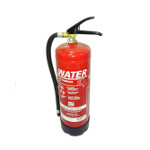 |
|
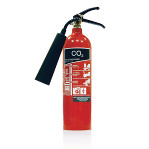 |
|
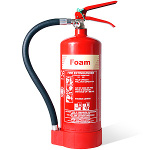 |
|
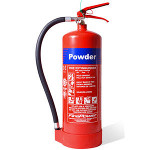 |
|
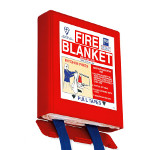 |
|
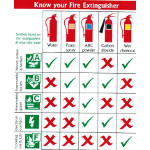 Extinguisher Guide |
|
Emergency Fire Information
For emergency fire information, please see the Emergency Fire Information web page.




